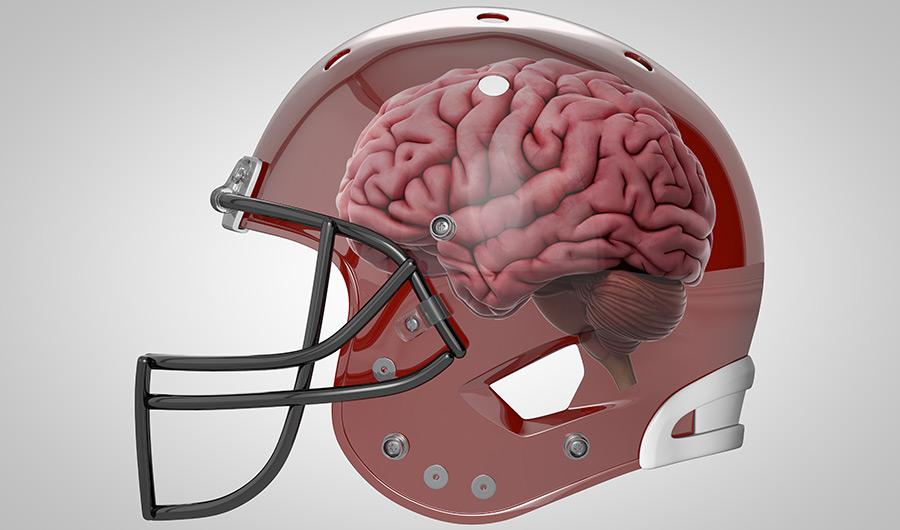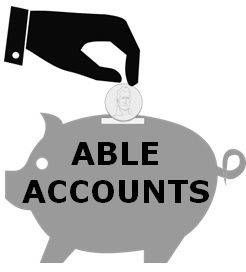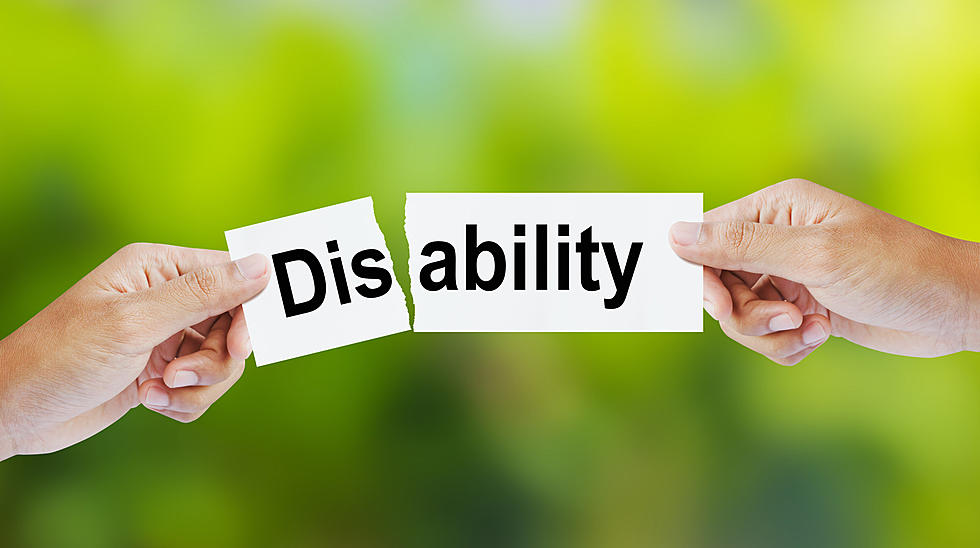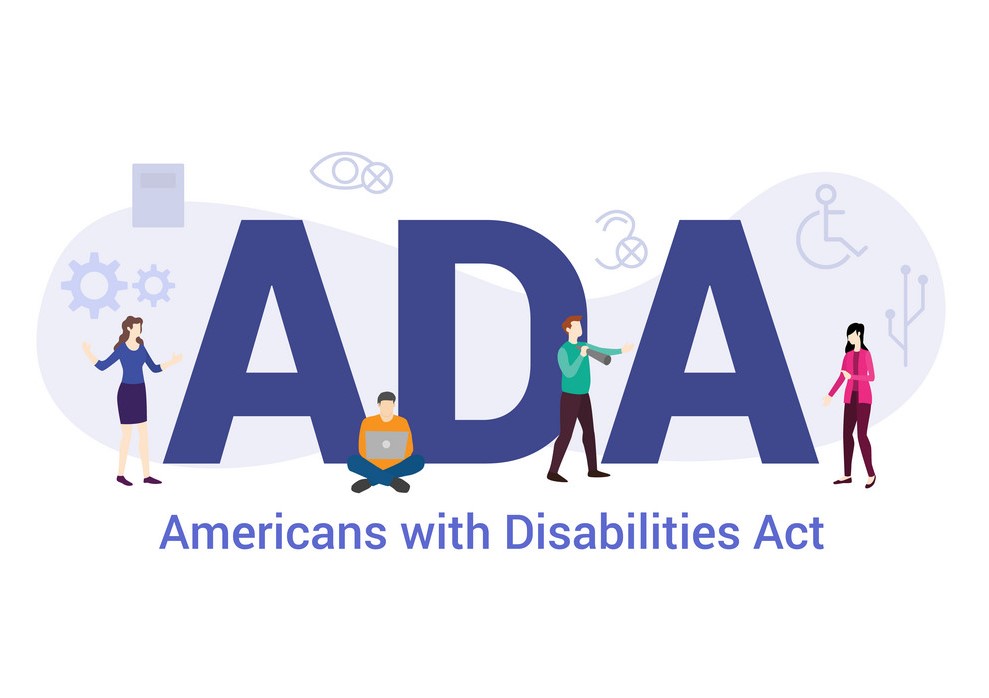Everyone needs a helping hand sometimes, but finding help can be daunting, and it is often difficult to know where to start. Enter Aunt Bertha. Aunt Bertha’s mission is to help people find the resources they need quickly, with dignity and ease. Founded in 2010 and initially focusing on the Austin, Texas area, Aunt Bertha is a searchable database designed to pick up where Uncle Sam leaves off. Anyone can search for help on this free platform at
https://www.findhelp.org. The company was founded by Erine Gray, after his own experience navigating the maze of care necessary to support his mother, who suffered from encephalitis. The encephalitis caused permanent brain damage, memory impairment, and eventually early onset dementia. Gray’s experience navigating the health and social services for his mother was eye-opening and made him “see how broken the system really was.” His vision was for individuals to be able to go online, type in their zip code, and access multiple organizations that could help them. Before Aunt Bertha, no one had ever tried to take on the herculean task of digitizing all of the health and human services across the US. Over its ten-year history, the company has expanded to serve people in all fifty states, providing information about 453,245 federal, state, and verified non-profit programs. More than 1,200 resources are available for each county in the country. According to Gray: “It’s meant to be an entry point for finding out what’s available and finding out the enrollment process.” Keeping information current is a moving target with a data operations team constantly researching new and existing programs. Platform users can also suggest changes or program additions. Since the pandemic, the need is greater than ever, and specific Covid-19 programs have been a focus.
The process is fast and easy. To search for free or reduced cost social services, simply go to
www.findhelp.org and type in your zip code. You can then search for programs by categories such as: Food, Housing, Goods, Transit, Health, Money, Care, Education, Work, and Legal. Results can be further filtered by client age, agency hours of operation, income eligibility, and more. For each program, comprehensive information regarding services offered, populations served, eligibility requirements, documents required, application process, and contact information is provided. The platform also includes a translation widget on each page which enables to page to be translated into any language that Google Translate supports. There is an integrated, digital application form that easily transfers information to an agency form in just a few clicks. The application information and supporting documents can be saved in the system for future applications, and a dashboard helps you keep track of the programs you have previously applied for. As Gray explains, Aunt Bertha was designed to “solve the information gap….the nonprofits are doing the heavy lifting, offering help and getting people enrolled. We’re making sure people can find them.”












